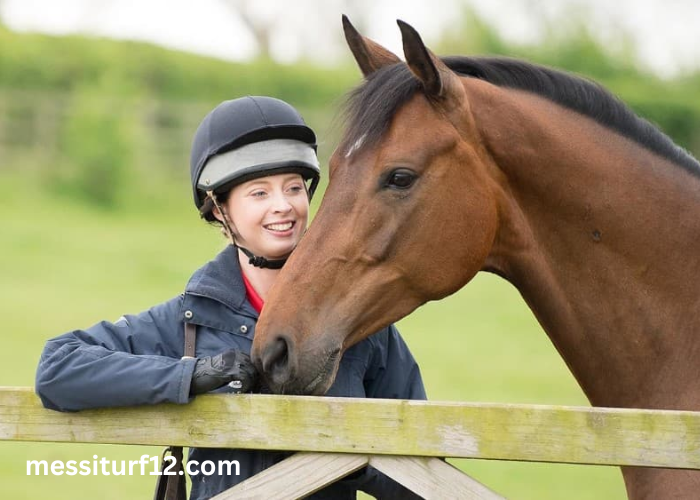Horses have been integral to human civilization for centuries, serving as companions, workers, and athletes. To build a strong and positive relationship with these magnificent creatures, it’s essential to understand their behavior and psychology. This knowledge not only enhances the bond between horse and handler but also ensures the well-being of the animal. In this article, we delve into the intricacies of equine psychology and effective training techniques. Explore a wide range of courses on CasaCourses – your ultimate destination for online learning. Enroll today and enhance your skills!
Equine Psychology: The Basics
Horses are prey animals, which means their behavior is heavily influenced by their instinct to avoid predators. This fundamental aspect of their psychology manifests in several ways:
- Flight Response: The most common reaction to perceived danger is flight. Horses are naturally inclined to flee rather than fight. This response is a crucial survival mechanism and explains why horses can be easily startled.
- Herd Mentality: Horses are social animals that thrive in groups. In the wild, their safety depends on the herd. Understanding this behavior is important when working with them, as they may become anxious or stressed when isolated.
- Communication: Horses communicate through body language, vocalizations, and subtle cues. Ears pinned back, a swishing tail, or a relaxed stance all convey different messages. Learning to read these signals is key to understanding a horse’s mood and intentions.
- Memory and Learning: Horses have excellent memories and can remember positive and negative experiences for a long time. This trait is beneficial for training, as consistent, positive reinforcement can lead to lasting behavioral changes.
Insights into Horse Behavior
To effectively work with horses, it’s important to recognize and interpret their behaviors accurately:
- Signs of Comfort and Discomfort: A comfortable horse will exhibit relaxed behavior—soft eyes, a lowered head, and a gentle swish of the tail. Conversely, discomfort or fear may be indicated by tense muscles, wide eyes, flared nostrils, and rapid movements.
- Dominance and Submission: Horses establish social hierarchies within a herd. Dominant behaviors include pinning ears, biting, and kicking, while submissive horses may lower their heads and lick their lips. Understanding these dynamics can help in managing multiple horses.
- Curiosity and Playfulness: Horses are naturally curious and playful. Young horses, in particular, will explore their environment and engage in play, which is crucial for their development.
Training Techniques
Effective training hinges on leveraging a horse’s natural behaviors and instincts. Here are some key techniques:
- Positive Reinforcement: Rewarding desired behaviors with treats, praise, or scratches encourages repetition of those behaviors. This method builds trust and fosters a positive learning environment.
- Consistency: Horses thrive on routine. Consistent cues, commands, and responses help horses understand what is expected of them, reducing confusion and anxiety.
- Desensitization: Gradual exposure to potentially frightening stimuli helps horses overcome fears. This technique involves introducing the stimulus at a low intensity and gradually increasing it as the horse becomes more comfortable.
- Pressure and Release: Applying gentle pressure and releasing it when the horse responds correctly teaches them to yield to pressure. This method is foundational in training tasks such as leading, stopping, and turning.
- Groundwork: Before riding, groundwork establishes respect and communication. Techniques such as lunging, leading, and liberty work build a solid foundation for ridden work.
- Patience and Empathy: Every horse is unique and may progress at different rates. Patience and empathy are crucial, allowing the horse to learn at its own pace and ensuring a positive training experience.
Conclusion
Understanding horse behavior and applying effective training techniques is essential for anyone working with these animals. By recognizing their natural instincts, communication methods, and social structures, handlers can create a harmonious and respectful relationship with their horses. Training rooted in positive reinforcement, consistency, and empathy not only enhances the horse’s performance but also ensures their well-being and happiness. Whether for sport, work, or companionship, a deep understanding of equine psychology enriches the human-horse partnership, leading to a more fulfilling experience for both.

